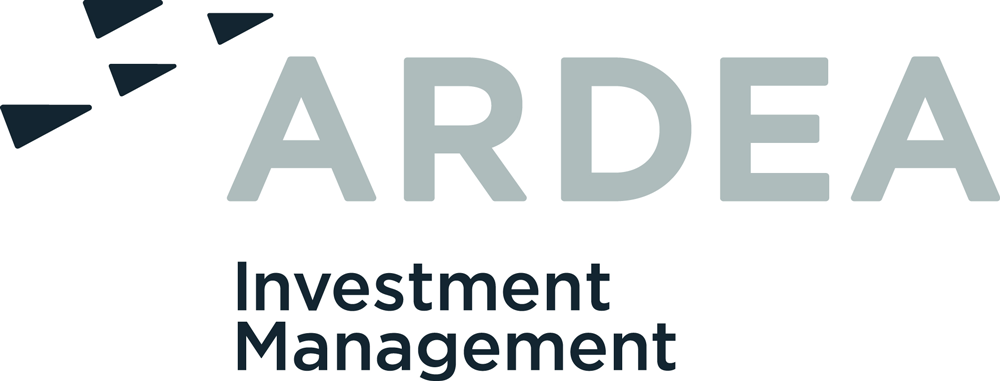Critics of the 60/40 portfolio have their blinkers on
The age-old 60/40 portfolio has copped a growing chorus of criticism lately.
In short, the 60/40 strategy - made up of 60% equities, 40% bonds - is a hedging strategy. When equities go down, the value of bonds go up.
That's normally what happens. But we don't live in normal times.
Typically, equities retreat when the economy is struggling. And when the economy is struggling, yields go up alongside rates. In this situation, the 60/40 portfolio works because equities fall as the value of bonds increases.
Recently, however, the value of bonds have moved in the same direction as equities. Down.
But as Gopi Karunakaran, Co-CIO at Ardea Investment Management, says: "what are the kind of characteristics I want to see in that ideal defensive diversifier?"
But if you own bonds in order to generate relative value, as Ardea do, then it's still a compelling proposition.
In this wire, Karunakaran explains why investors should broaden their view of fixed income, and where the best risk-adjusted return can be found.
Do bonds still deserve to make up 40% of investor portfolios?
That whole sort of 60, 40 stereotypical portfolio construct comes back to the idea that you have 40% or whatever that number is. You have some allocation to bonds. And the idea is that those bonds would be that sort of defensive bit in your portfolio that can help to diversify equity risk when equities do badly. So this has become very topical over the last year with a lot of our clients asking us, given what's happened over the past year, i.e. big falls in equity markets and big drawdowns in bond markets are they sort of saying, "Why bother? Why do I even have bonds in my portfolio anymore?" And I think the way I'd answer that question is to take a more nuanced look at it and sort of asking yourself, "Well, if you're in a multi-asset portfolio, what are you trying to achieve with a bond or fixed income allocation?"
Usually, the answer to that question is some sort of defensive diversification, i.e. something that can help dampen the blow in your portfolio when equities go down a lot, basically is what most people are after. So then you might sort of think about, "Okay, well, if that's what my objective is, what are the kind of characteristics I want to see in that ideal defensive diversifier?" And you think about things like low correlation, i.e. something whose performance is independent of equity markets, low volatility. That's an important one because if the volatility of that other defensive thing is much lower than equities, even when that thing's doing badly if it's low-vol, it's still going to bring down total portfolio vol. Then you might think about, "How does that investment behave in extremely stressed environments?" There's no point having a defensive type of investment that does pretty well in the good times and then suddenly does really badly in the bad times. So that's another one.
And then you might think about things like standalone risk-return characteristics, i.e. if you put aside the portfolio consideration and just look at this thing on its own, how does it look? Is it terrible or is it okay? And then finally, maybe liquidity might be an important consideration in a portfolio context.
So when you look at those things, and then you map that back to that 60, 40 construct and traditional bonds, you could say that over the past year, they haven't delivered to most of those things other than maybe liquidity, but not anything else really. And then when you look forward, you think, "Well, can they start to deliver those things?" Perhaps, but it's very dependent on the inflation view. If inflation gets out of control, probably not. If inflation is okay. Probably yes. So what I would urge then in that construct is to say, look more broadly in fixed income because there are lots of other things you can do in fixed income. One of them is the things that we do relative value that does map to those ideal attributes that you want from a defensive diversify. And that's certainly the theme we're seeing with clients at the moment. They're just looking more broadly beyond that traditional bond allocation.
Which areas of the fixed income market currently offer the best risk-adjusted return?
Okay. So I'm going to give you a biased answer to that question, which is to focus on our space, which is relative value. I think that what is not evident is the extreme level of stress that's currently manifesting in interest rate relative value. And the flip side of that stress is of course that the forward-looking return potential tends to be higher because these things are such extreme levels and far more extreme levels than what you see in other pockets of fixed income. So bond yields have gone up for example, but they're nowhere near extremes. Credit spreads have gone up, nowhere near extremes, equities are down, and equity evaluations have adjusted again, nowhere near extremes. But when you look at this pocket of interest rate relative value, it is at or through 2008 extremes.
And just to give you some sense at the risk of over-complicating this, but just to give a sense of the kinds of things that we're talking about. So one of the things that we look at a lot is the shapes of interest rate curves and anomalies in those shapes, little inversions and kinks and things that shouldn't really be there. They're just there because of some kind of demand supply and balance.
So those kinds of relationships typically are very tightly constrained, meaning they move in a small range. And if you take an illustrative type of relationship like that, something that might have moved over the last five years in a range of say five basis points to 20 basis points in the past three months has blown out to like 70 basis points. So that's the magnitude of the shock that's happened to the system. And what that means then is if you believe, as we do, that eventually these things do normalise given enough time, the return potential when that thing comes back down again can be pretty significant.
How do corporate bonds look vs government bonds?
So corporate bonds, I have to say upfront we don't invest in that space so my perspective is really just a sort of arm's length historical perspective. But the way I would look at that is through the lens of credit spreads and where they are now versus where they've been in the past. So if you take something like the Bloomberg Global Corporate Bond Index, it's just a large diverse index of corporate bonds around the world. And you look at the credit spread of that index. So the credit spread basically represents the additional yield you're getting for buying corporate bonds versus government bonds and taking that risk. That spread at the moment ballpark is about 160 basis points. Now over the last five years, that's been a range as low as about 85 basis points and the high, which was Q1 2020 when COVID first hit was about 330ish. So 160 versus 85 and 330, you're sort of in that zone where it's kind of moderately attractive, but certainly not super extreme in terms of attractiveness.
The thing I would then layer into that backward-looking perspective is your forward-looking expectation around economic growth and recession risk, because it is well understood that in a recessionary environment, corporate bonds will do badly, particularly if it's a steep recession, simply because in that kind of environment, corporates come under stress, their balance sheets come under stress and default risk goes up. So then is 160 basis points spread attractive? If your view on economic growth is pretty reasonable, pretty benign, you think maybe you get a small slowdown or economic growth is okay, it probably looks okay. If you are worried about a significant recession, it's probably not much compensation in there for that kind of risk.
Learn more
Ardea Investment Management is a specialist fixed income investment manager with a focus on delivering consistent alpha to clients through an investment process supported by a highly intuitive risk system. For further information, please visit their website.

1 fund mentioned
1 contributor mentioned

